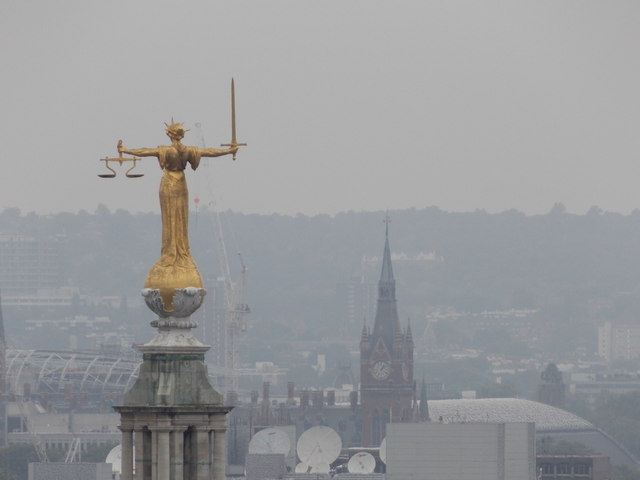The Recent judgement of
the Hon’ble Supreme Court of India, in the matter of Suresh Kumar Kaushal v. Naz Foundation and Ors., has stirred the
country and given rise to a new debate on whether Homosexuality is really
against the law or not. At Rajiv Gandhi School of IP Law we gave a platform to
discuss the judgement, based not only on legal standards but Social and Moral
standards. This post revisits the points put forth by the participants.
Before going forward we
must quote from the judgement:
“The court has merely pronounced on the correctness of the
view taken by the High Court on the Constitutionality of Section 377 of IPC and
found that the said section does not suffer from any constitutional infirmity.
Notwithstanding this verdict the competent legislature shall be free to
consider desirability and propriety of deleting section 377 from IPC as per the
suggestion made by the Attorney General.”
The abovementioned phrase
was the foundation of the first argument that was raised, it was argued that
keeping the legality of carnal intercourse aside and focusing only on social
acceptability, the judgement clearly identifies the right avenue to amend the
law.
It was argued that “The
Supreme Court is of the view that the Section 377 does not violate the
constitution, However if the Society accepts is as a Non-Criminal Act, the
legislature that forms the mirror of the society should decide on the removal
of this section from the Indian Penal Code.”
The point to be noted here
is that the Supreme Court has the power and authority to decide on whether a
law is unconstitutional, this does not preclude the legislature from amending
the statute and showing that the law is no longer in lines with the society.
A democracy is not about
majority but it also aims as protecting the minorities, therefore such
amendment must be made by the legislature.
The arguments from the
other side included the scientific argument of foetal development, “when a
child is genderless and homosexuality is a biological condition, therefore
equating it with crime is not moral.”
Another argument was that
it is historically accepted in India, and Kamasutra and Khajurao, etc. have
depicted homosexual acts for generations, therefore it is an accepted act and
therefore it is socially acceptable.
The argument around
“behind the four wall theory” has already been dealt with by the Supreme Court
where it states that “If a criminal Act is done within four walls, it does not
become it a private matter.”
A legal argument made was that
“Freedom to choose the partner should be left with the individual.” Everyone
should be treated equally and since homosexuals are not
same as heterosexuals, therefore, the rules for heterosexuals cannot be
implemented for homosexuals. However, it was also pointed out that for this
purpose the homosexuals must be accepted ‘legally’ as a minority which may be
lead to such consideration, moreover such considerations can be taken into
account by the legislature and not by the Supreme Court.
It was also argued that a
strong message must be sent to the legislature by finding the law
unconstitutional, however it was pointed out that this is beyond the purview of
the court and would definitely come under judicial activism. The counter
argument to this was that the court has acted in this manner on several other
occasions. However another point that must be considered is that the whether
the court will be justified in reaching such a decision as it is not the
elected representative of the people and thus needs to base its analysis on a
stricter point of view.
Conclusions:
1) There is a sense that the Supreme
Court could have taken more affirmative action regarding section 377, however
it was pointed by some speakers that Supreme Court has legally justified its position.
2) Law is a mirror of the
society and therefore the legislature must take action to amend the IPC in
order to decriminalize Homosexuality. Decriminalization should be based on the
acceptability of such behaviour.
Click here to watch the video of the debate.
Click here to watch the video of the debate.
Inputs by Antriksh Mishra
Disclaimer: This
blog or any post thereof is not to be considered to be in any way associated
with the official stand of IIT kharagpur or RGSOIPL on the issues being
discussed in the said post. The opinions on the blog are the author’s own and
should not be considered as legal advice.











